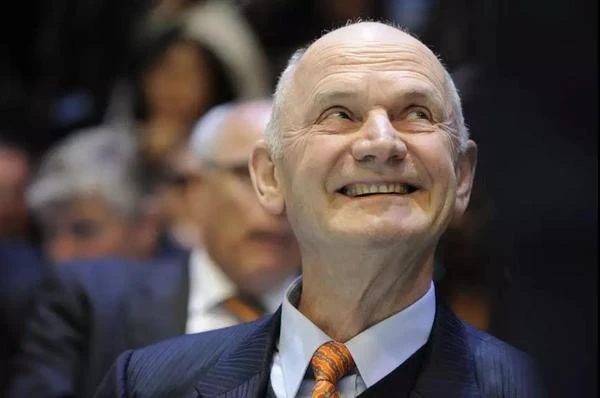On August 25th, Ferdinand Piech, former chairman and chief executive of the Volkswagen Group, died at a hospital in Bavaria, Germany, at the age of 82.
From develop the Porsche 917 venturesomely to the Volkswagen Group, Ferdinand Piech’s life can be described in one word – crazy!
Ferdinand Piech was born in 1937 (17 April 1937 – 25 August 2019) and is the grandson of Ferdinand Porsche (founder of Porsche).

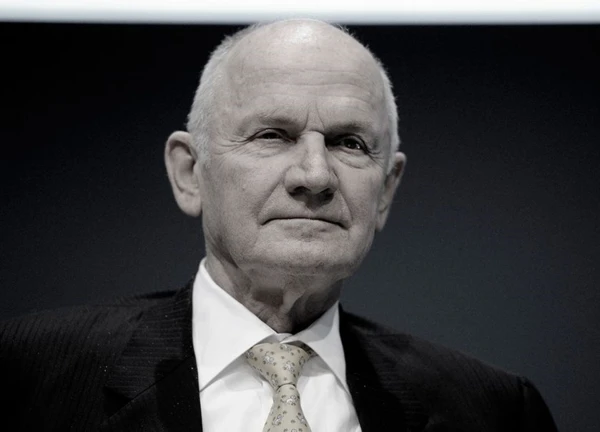
Ferdinand Piech got an internship driver’s license at the age of 16. At the age of 18, he passed the test of the heavy-duty driver’s license with self-taught and began to drive a Porsche 356 convertible version to everywhere on the street. Later, Piech had got tired of the 356 convertible, and replaced by the Super 90 (356 racing version). Because his mother likes to race, he often races with his mother. And although he likes to play, learning is also very good. He successfully admitted to the university at the age of 22.

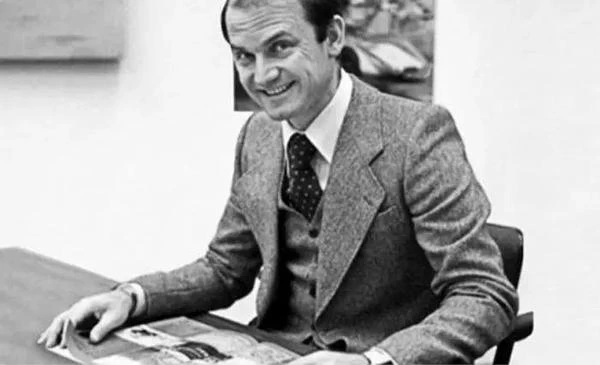
Porsche 917
In 1962, Ferdinand Piech graduated from the Swiss Federal Institute of Expertise in Zurich and entered Porsche in the second year after graduation.In Piaget’s Porsche career, he not only contributed to the creation of the 911 car, but also designed the Porsche 917 which was the most adventurous and legendary model in his life. And Porsche 917 became famous in the 1970 Le Mans 24 Hours of the endurance race.

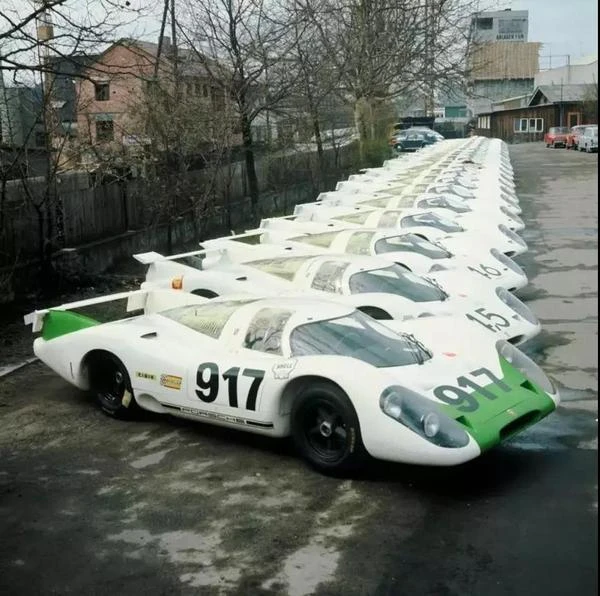
Since 1966, in the Le Mans racing group where Porsche was located, the Ford GT40, which had a displacement of 7 liters, had provoked a scrimmage of engine displacement in the same group. Therefore, in 1968, the Le Mans racing rules were rewritten, and the engine power of the group that Porsche participating in was limited to 5 liters. The Porsche 908 had a displacement of only 3.0 liters and cannot compete with other teams. This ignited the flames of technical enthusiasm in Ferdinand Piech, which gave birth to the idea of developing and designing the Porsche 917. Porsche 917 was based on the 1968 Porsche 908 and combines two 6-cylinder machines into the 4.6-liter V12, using air-cooled engine technology, and the entire vehicle weighs only about 800 kg. It was a real “beast”, 100 km acceleration as long as 2.3 seconds, 200 km acceleration as long as 5.3 seconds, and the extreme speed was over 380 km / h.

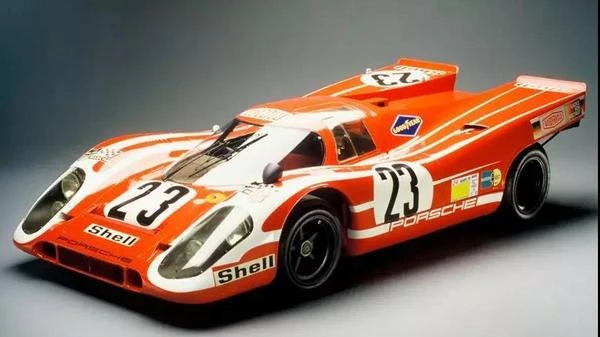
The Porsche 917 was once known as the “human strongest racing car”. In 1970, it first won the Le Mans GT group competition and won seven consecutive championships. In 1971, the Porsche 917 won the Le Mans championship again, and in 1971 joined Can-Am to win seven championships and easily won the title championship. In 1973, the US Penske team used 917 to win another five championships. Porsche 917 with a maximum output of 1000 hp and a chassis weighing only 42 kg, the car achieved a uniform velocity of 220.1 km on the track, which was unthinkable in the 1970s. Finally, the Le Mans team had to be comprehensively forbade the 5.0-displacement group to participate in the race.

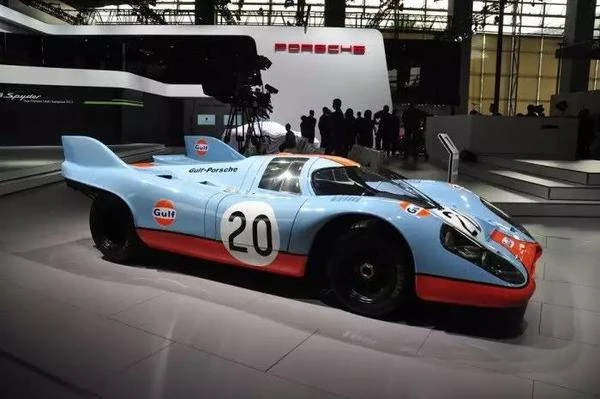
However, the Porsche 917, which has shaken the entire European and American racing community, has also become a proper money-burning machine. The huge fiscal deficit scared Volkswagen who responsible for two-thirds of the investment to withdraw its economic assistance early.
Audi Quattro system
Before Piech came to Audi, Audi had always been a company that is insignificant, does not have enough technical highlights, and its brand value cannot be compared with Mercedes-Benz and BMW. In 1972, Piech joined the Audi Group and in 1975 became the head of technical engineering at Audi, responsible for the design and development of the Audi 80 and Audi 100.


In 1977, the head of Audi’s preliminary test department found that the 75-horsepower Volkswagen Iltis off-road vehicle was left far behind in the straight road by the 200-horsepower Audi forward wheel drive test car. But on a curve, the Volkswagen Iltis off-road vehicle overtook Audi for it using the four-wheel drive system. Later, the head of the test department presented to Piech the suggestion to transplant the Iltis four-wheel drive system to the Vertical forward wheel drive Audi 80. After thorough deliberation, Piech approved the plan and asked for secrets to prevent Volkswagen’s intervention. 6 months later, the project codenamed EA262 was officially approved.

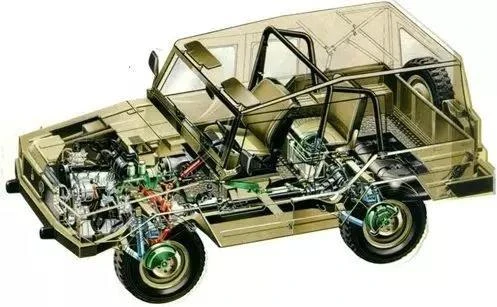


The conventional front and rear axle fixed connection structure made the rear wheel slide when the car turns. The space and weight was increased when install the center differential. To solve the above problem, Audi engineers used a hollow shaft to transmit power to the center differential, passing the power to the rear wheel through the cardan shaft, and then the air shaft was responsible for guiding the power to the front wheel. For this, Audi’s first generation quattro was born. In 1980, Audi equipped the quattro four-wheel drive system on a rally car built on the Audi 80 chassis and called the Quattro. With the blessing of the four-wheel drive system, the Audi Quattro has continued to be successful in the rally racing, and Audi has become famous. In 1983, Audi’s racing department quattro Co., Ltd. was established. In order to pay tribute to the Quattro rally racing car, Audi deliberately changed the initials to lowercase “q”.

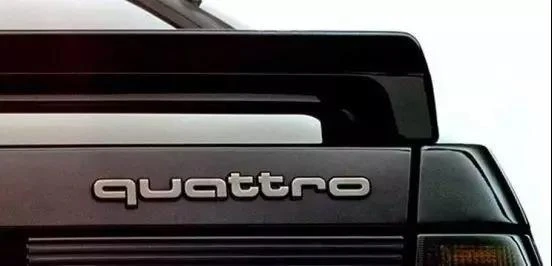
TDI diesel engine
The oil crisis that swept the world in the 1970s made the entire automotive industry pay close attention to the development of diesel engines. The development of the direct injection diesel engine (TDI) is also known as Audi’s core technology secret throughout the 1980s. When Piech and Audi technical teams have quietly developed a high-efficiency diesel direct injection engine, Audi’s parent company Volkswagen Group’s executives Hofbauer intercepted the component that had reached standard specifications. This caused the entire project and production materials were packaged and shipped to Wolfsburg for collection.


After the results of the four-cylinder diesel engine had been intercepted, Piech was unreconciled and led the Audi technical team to start developing five-cylinder diesel engines. In the end, it was almost simultaneously mass-produced with Volkswagen’s four-cylinder diesel engine. However, considering the stability of the product, Volkswagen did not dare to put its four-cylinder diesel engine into mass-production. Piech was directly assembled the 2.5L TDI five-cylinder diesel engine on the Audi 100. The stronger power, lower fuel consumption and higher emission standards have made Audi’s five-cylinder diesel TDI engine unanimous praise. Even Mercedes-Benz began to equip the 3.0L five-cylinder diesel engine to the W115 released in 1974. And in 1993, Volkswagen just began to use its four-cylinder diesel TDI engine.

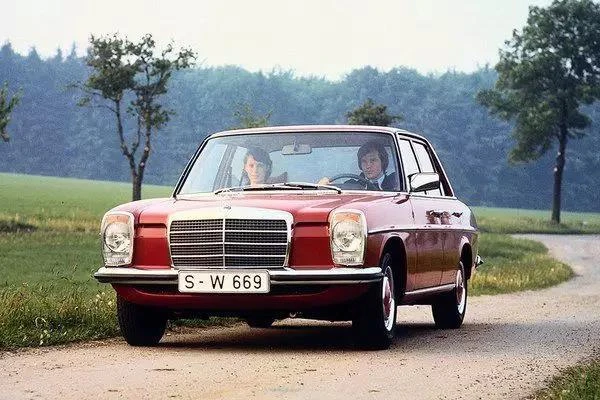
Piech is the creator of quattro and TDI. Audi is also able to achieve today’s status because of these two core competencies. Looking back, Audi has completed a extraordinary turnaround under the leadership of Piech.


Piech served as Chairman and CEO of the Supervisory Board of the Volkswagen Group
Ferdinand Piech not only an excellent car engineer, but also a good management talent. In 1993, Piech served as Chairman and CEO of the Supervisory Board of the Volkswagen Group. During his tenure, he launched numerous important models, acquired and integrated the Volkswagen brand, and introduced the concept of “modular production”. Concentrated multiple brand of Volkswagen into one modular platform for production, and Volkswagen has grown into a leading brand with 13 brands. Not only did he acquire Skoda and SEAT to the Volkswagen Group, but he also acquired Bentley, Bugatti and Lamborghini in just one year. Bringing Volkswagen Group into the high-end market, let Volkswagen firmly ranking among the top three major auto companies of the world.

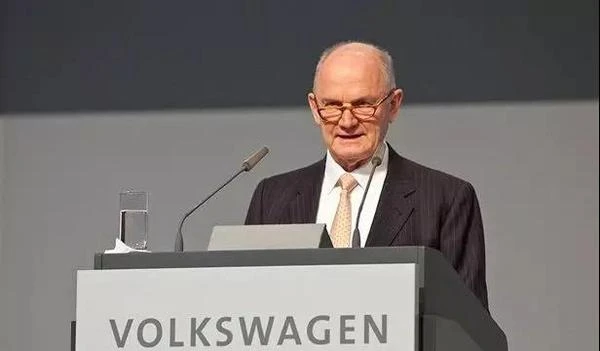
Volkswagen Phaeton
After the assets were accumulated, the Volkswagen Group naturally opened the road to expansion under the leadership of Piech. Since it is for the global market, it must be able to provide all levels of models. Therefore, Piech led the development and mass production of Volkswagen’s flagship sedan, Phaeton. The new car was locked in the BMW 7 Series and Mercedes-Benz S-class as competitor at the beginning of development. Ferdinand Piech thought that the flagship model of the Volkswagen did not need a high-profile appearance, but it must have the exquisite craftsmanship of the technology.


As a more than 1 billion euros mainly project, Phaeton has been a “crown prince” with a golden key since its birth. Transparent factory, hand-built, W12 engine, private custom, Phaeton project brings together the best resources and technology of the Volkswagen Group. Piech wants to prove to the world that Volkswagen is not only golf and Passat. It can also be a top-class luxury sedan compare with Mercedes-Benz S-Class, BMW 7 Series and Audi A8. And try to enhance the brand image of the entire Volkswagen by this.


Finally, the Volkswagen flagship D-class sedan Phaeton, code-named VW 611, was born. Technologies such as the W12 engine and the unique airless air conditioning have allowed us to re-examine the Volkswagen’s vehicle-making technology. Under the cruising capacity of 300 km / h all-weather, even if the ambient temperature reaches 50 ° C, the car interior can maintain a constant temperature of 22 ° C. The body’s anti-torsion rigidity is 37 Nm / kWh (the BMW 7 Series is also only 25 Nm / kWh).


Bugatti Veyron
In 1998, the Volkswagen Group under the leadership of Piech bought the right to use the Bugatti brand. Volkswagen began to invest in bugatti and revitalized the production work which was basically paralysis at the time. In 1999, the Volkswagen Group officially acquired Bugatti. After the Volkswagen invested in Bugatti, it began to entrust the Italian design company ItalDesign to produce the two-door concept car code-named EB118 on the basis of the previous Bugatti semi-finished products. The EB118 is powered by a Volkswagen Group 6.3L W-type 18-cylinder engine, and three V6 engines are placed in the engine compartment at a 60-degree angle. The four-door sports car codenamed EB218 is also equipped with this W18 engine, which is also the first four-door model of Bugatti.

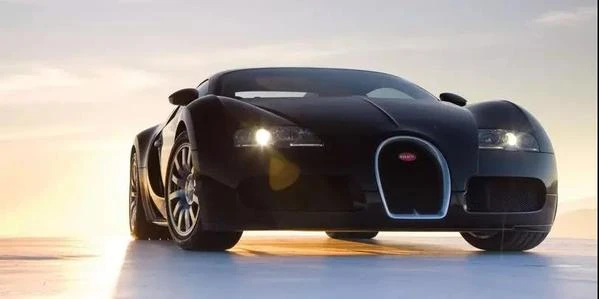
Just as the EB218 was about to be mass-produced, Piech stopped the working on the EB218. After repeated thoughts, Piech felt that it would be difficult to complete the Bugatti brand revival if it was only built on the basis of semi-finished products and then put into a Volkswagen W18 engine. To be a change, there is a revolution. Bugatti is a supercar. It is different from French, Italian and German sports cars. It has its own personality. Therefore, Piech made a clear request for the Bugatti mass production model: the design must follow the aesthetic tradition of Mr. Etoly Bugatti, and the vehicle has a top speed of over 400 km/h and a maximum power of over 1,000 hp.

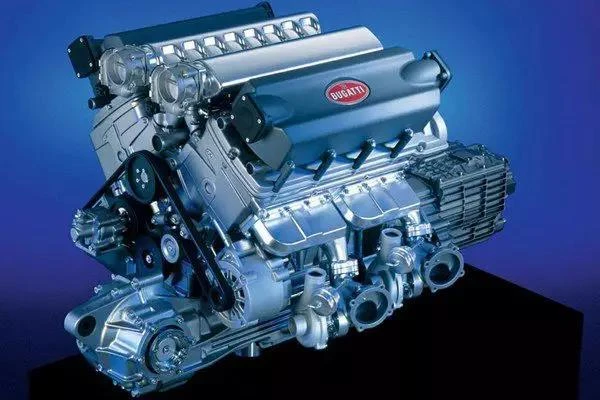
In 2001, the Volkswagen Group officially named the new Bugatti car as Veyron. It uses a W16 engine similar to the VR6 engine cylinder layout, with four turbochargers. When the engineer first tested the engine, it burst into more than 3,000 horsepower at full load, almost igniting the entire laboratory. In the end, the speed test of the Veyron mass production car was 408.47 km/h, and the speed of the vehicle in the normal mode was limited to 375 km/h. In order for the speed to be fully released, a special key is required to turn on the speed mode. Under the effect of conventional braking and air brake system specially designed for Veyron, the 1.9-ton body has a braking time of only 2.3 seconds per 100 km.


Bugatti Veyron completed Piech’s unfinished dream at Porsche: 1000 horsepower, the ultimate car with a top speed of more than 400km/h. With the courage of Ferdinand Piech, the declining Bugatti brand has returned to glory. Since 2005, Veyron has clearly established a position as the crown of automotive art.


In 2002, Piech resigned as the CEO of the Volkswagen Group, but still retained the position of chairman of the board of supervisors. In 2015, Piech was losing in the fight of right and voluntarily resigned from the position of Chairman and CEO of the Volkswagen Group.


As the former head of the Volkswagen Group, Piech is the savior of the group when the group is in dire straits. He is the leader who has made important product strategies to continuously refresh the market sales, and also is the decision maker who actively acquired multiple brands to expanding the scale of the group. But in Piech, in addition to the calm and decisiveness, we saw a very rare paranoid personality and madness. He wanted to manufacture a car same as the car in his heart, so there were Porsche 917 and Volkswagen Phaeton. He didn’t like the seams of the car body. Even if it is very small, it is difficult to tolerate. So he promoted the popularization of laser welding. He was obsessed with the development of low fuel consumption models, so there were the high cost “3L fuel consumption LUPO” and the ultimate version of XL1.He was calm, courageous, resolute, strong, and crazy. He was Ferdinand Piech.

